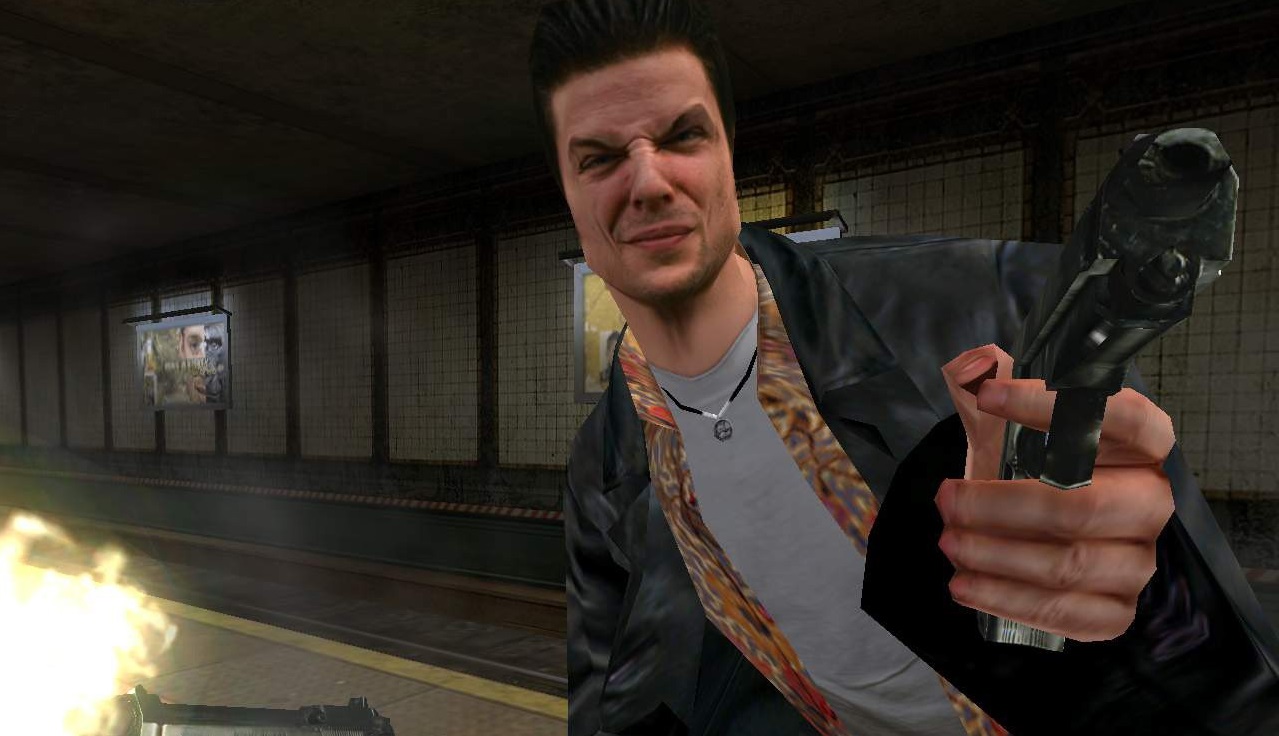
The great philosopher Ludwig Wittgenstein once said that the face is the soul of the body, which, upon reflection, doesn’t make any sense whatsoever. Surely the soul is the soul of the body, hence why it's called 'the soul'. That'll teach me to start off writing articles by googling 'Profound quotes about faces.' Wittgenstein, what the hell did he know?
Anyway, since videogame characters don't have souls (well, except for in the Dark Souls series), their faces take on greater significance, providing a window into what these clusters of polygons are thinking and feeling without the need for it to be explicated by dialogue. In some instances, they can also offer an inkling into that character's personality, although making assumptions about a person's character based on their appearance is never wise, a fact a few games use to their advantage.
The faces of videogames also reflect the history of gaming technology and art design, how we went from the blinking pixels of B.J Blazkowicz, to the watery blue eyes of, er, B.J Blazkowicz. Here are my picks for gaming's most notable, most expressive, and most characterful visages.
Granny's Garden
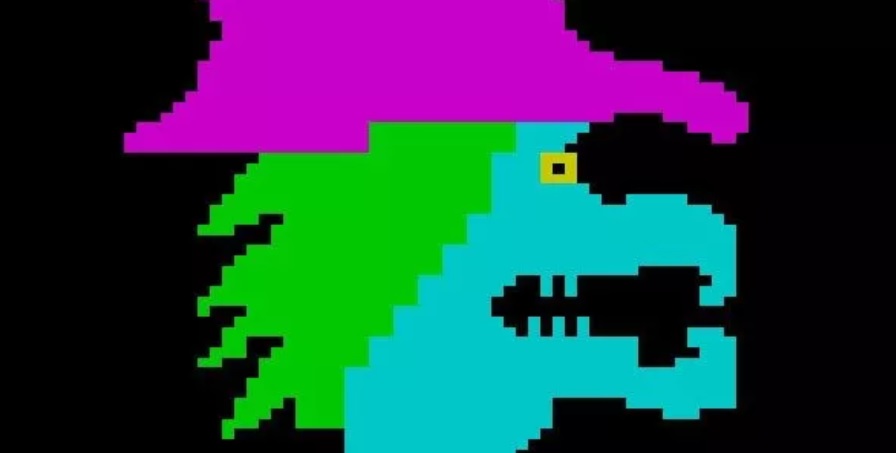
In his Crapshoot column, PC Gamer alumnus Richard Cobbett described the Witch of Granny's Garden as "the face that haunted a thousand nightmares". I wasn't born during the Witch's reign of terror, so my nightmares went mercifully un-haunted. But one look at her duck-billed, saw-toothed, blue-and-green profile is enough to convince me it would have scared me witless. Perhaps the most iconic gaming head of the '80s, the dark power of the Witch lingers to this day.
Wolfenstein 3D
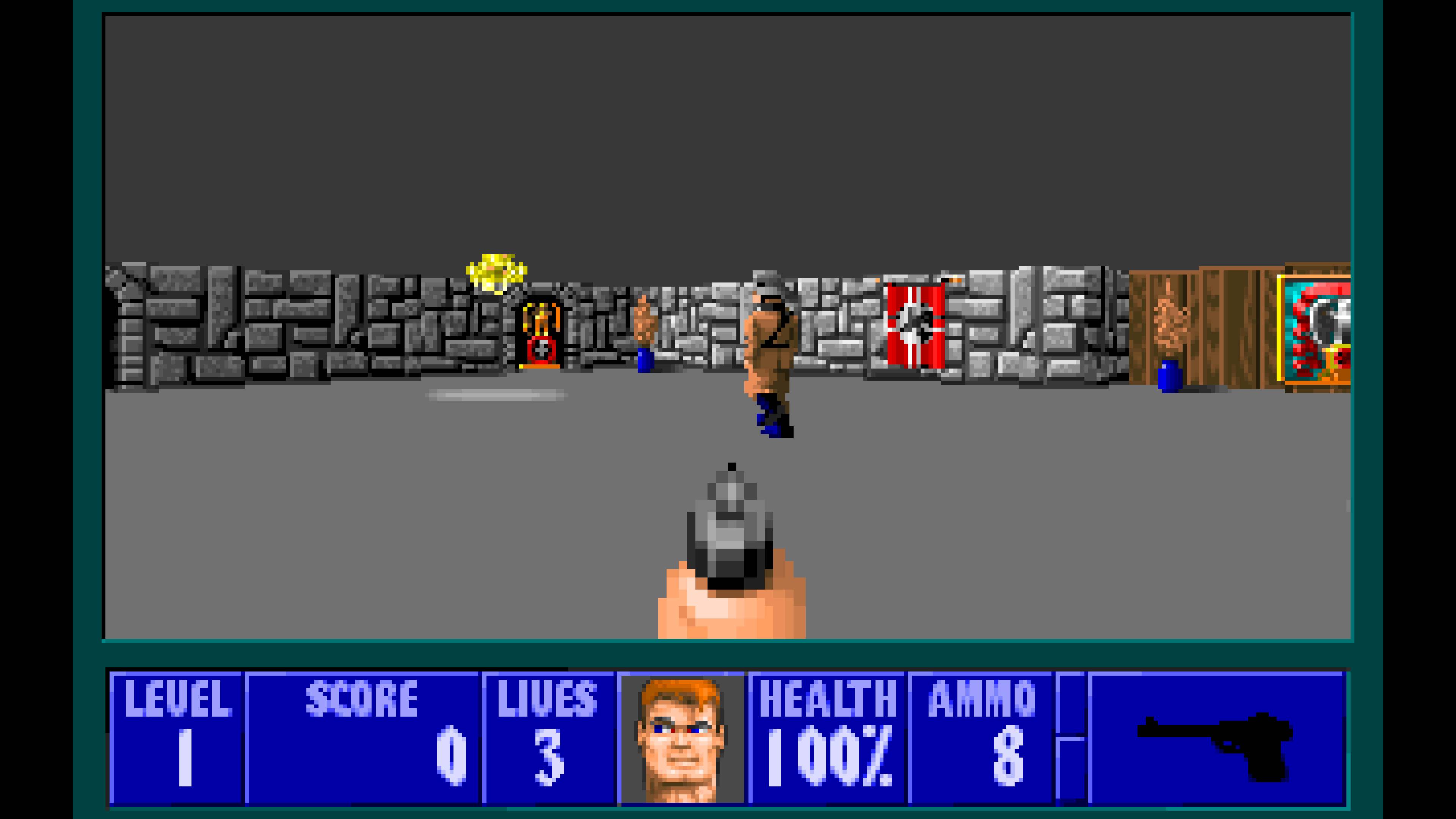
You may be more familiar with the stunningly detailed 3D render that formed the face of The New Order and The New Colossus. But the beautiful blue eyes of the modern B.J Blazkowicz would be nothing without the 1991 original. B.J's rugged features represent more than all-American might, however. They were a fundamental part of Wolfenstein 3D's play, slowly deteriorating into a bloody mess as the player took damage.
Doom
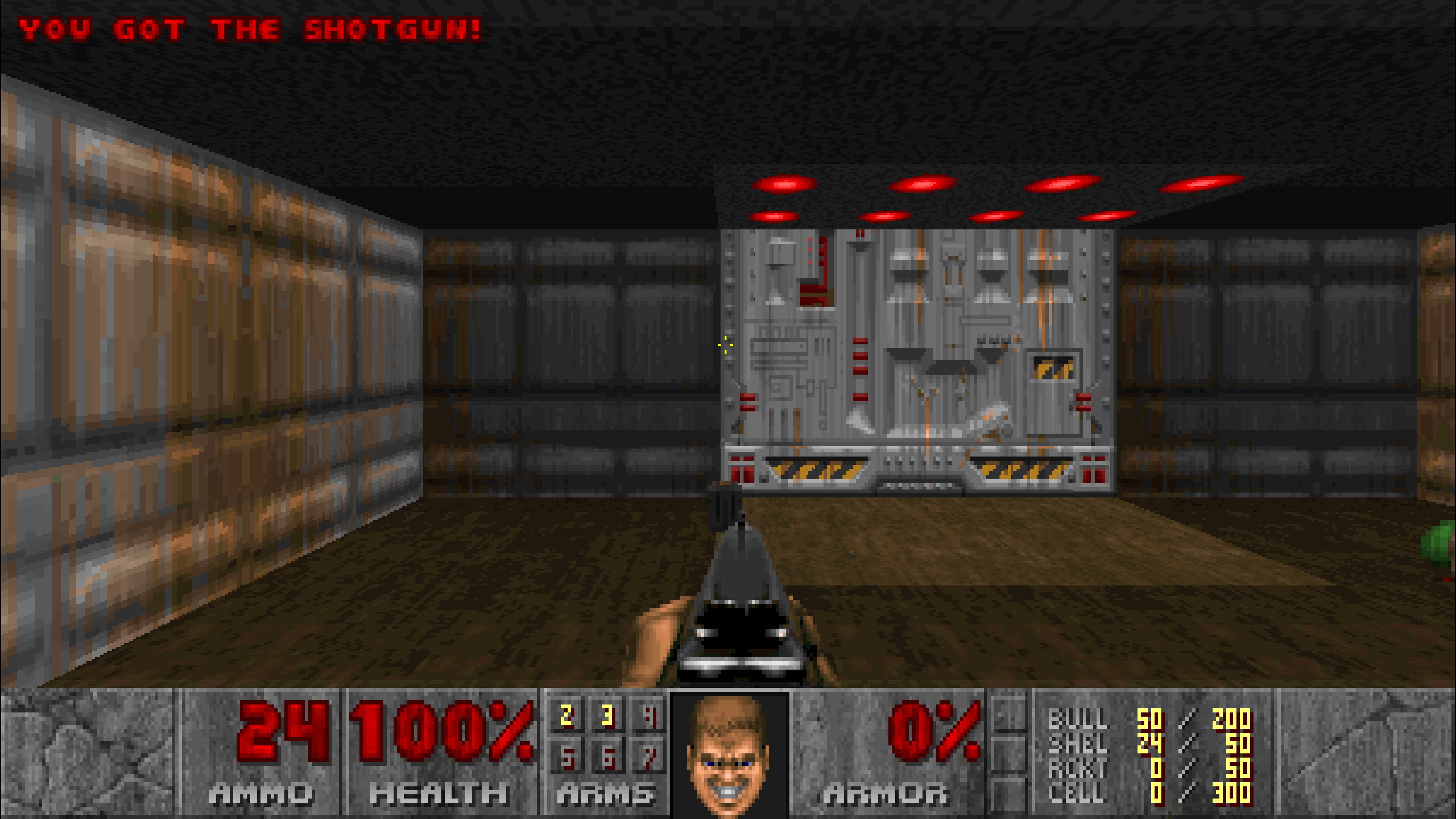
As in so many other things, what Wolfenstein 3D pioneered, Doom mastered. B.J Blazkowicz's jutting chin may have been the first to represent the player's health status in an id Software shooter, but it's Doom’s grunting, gurning space marine that has become the icon of nineties' shooters. There's no better representation of the joy derived from picking up a new FPS weapon than DoomGuy's V-shaped grin.
Tomb Raider
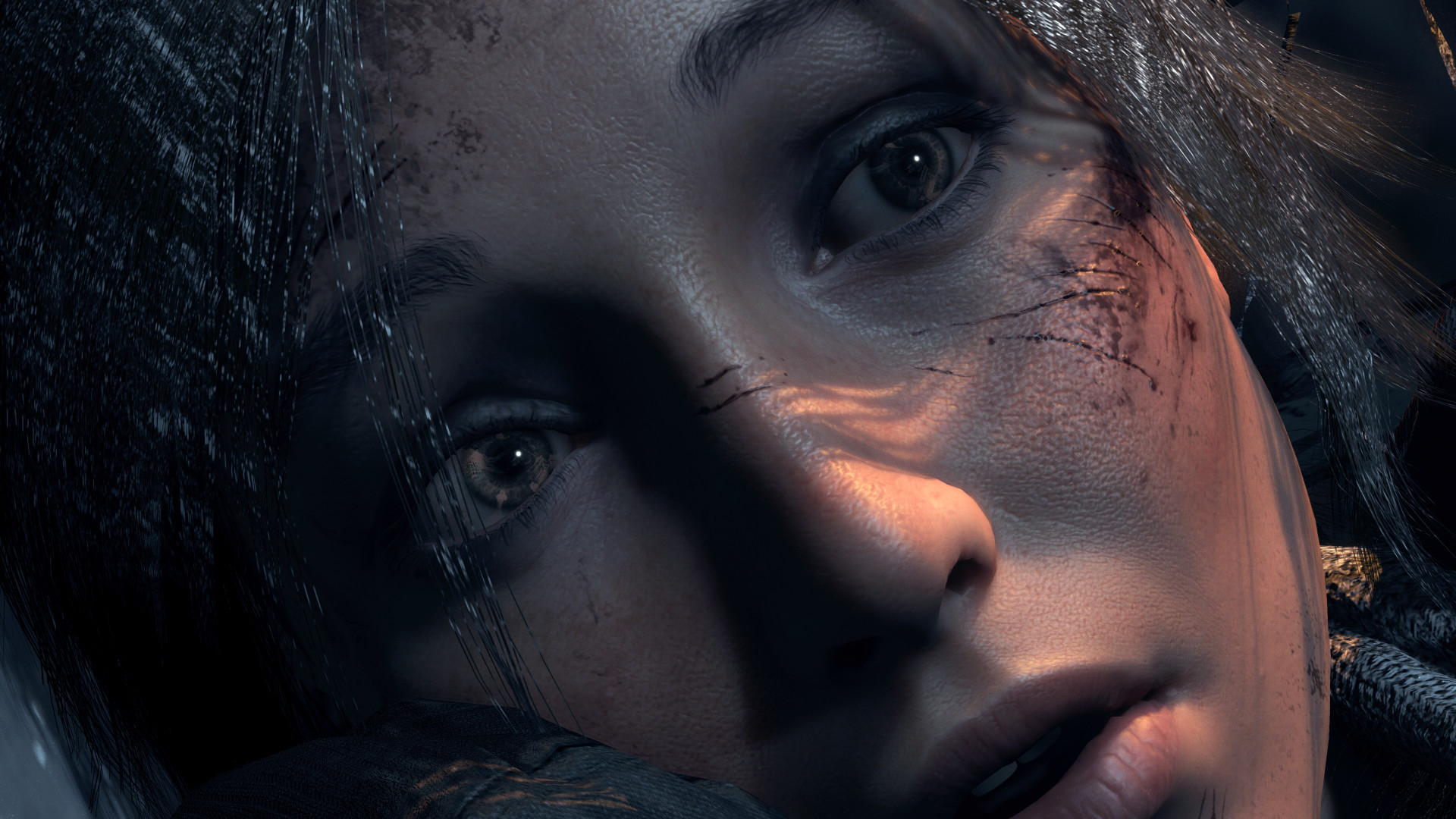
Lara Croft's many faces are some of the clearest representations of how graphics technology has progressed in the last three decades. But Lara's physical evolution over the years is also reflective of her development as a character, growing from the vaguely outlined hero archetype of the '90s, to the more stylish, swashbuckling adventurer of the Legend and Anniversary era, through to the more grounded, 'realistic' character of the 2013 reboot and beyond.
Keep up to date with the most important stories and the best deals, as picked by the PC Gamer team.
Max Payne
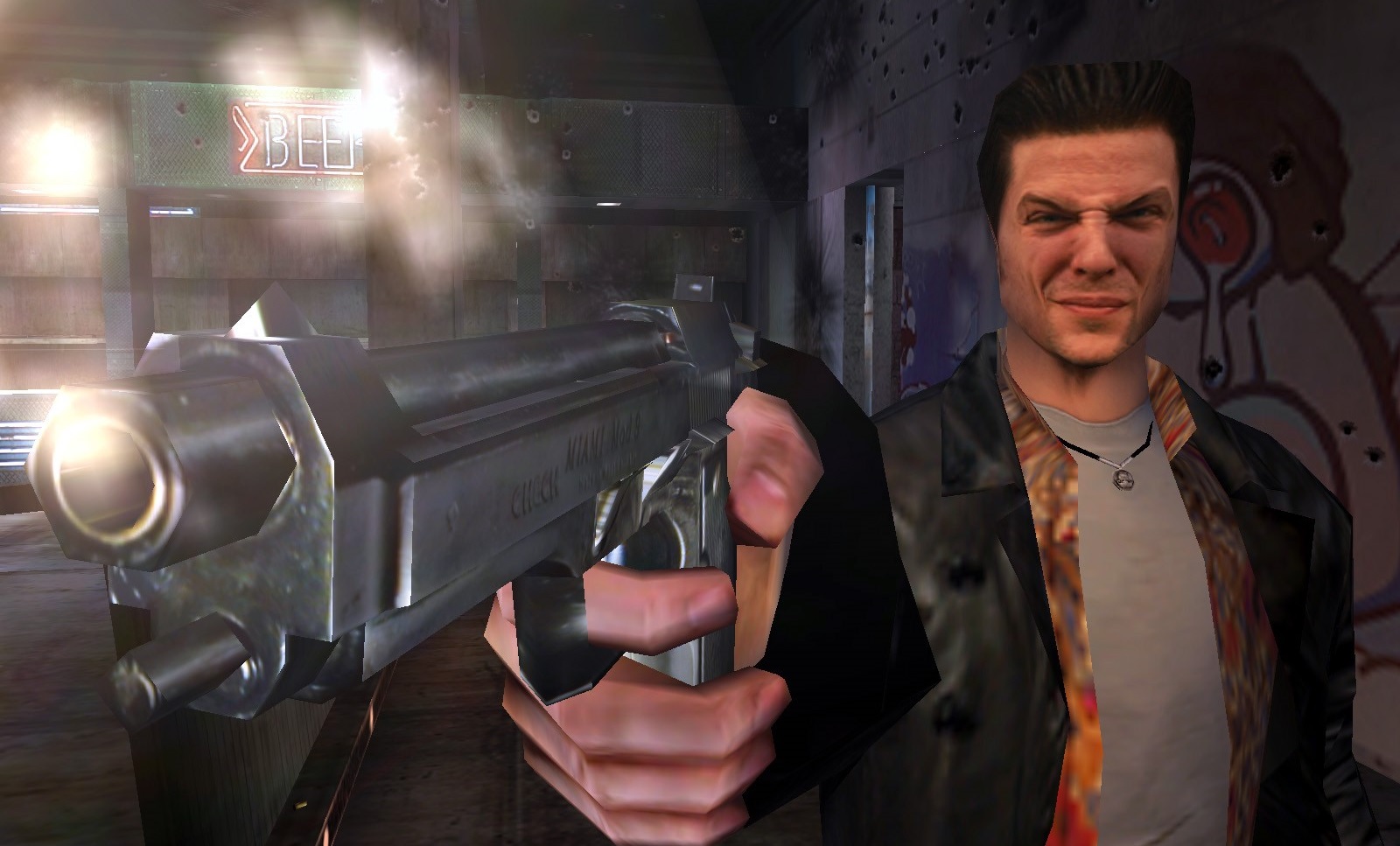
Max Payne's perpetual gurn was the butt of all jokes when the game first launched back in 2000. But it says a lot about the importance of expressive character design that the human wrinkle you play as in the original is the Max Payne I see in my head. Sam Lake's creased, squinting face says more about the character than the sequel's expressionless model, or the directionless angst of the third game. Yes, you could easily mistake his deep-rooted trauma for constipation, but at least it gives you a sense of Max's tortured mental state.
Half-Life 2
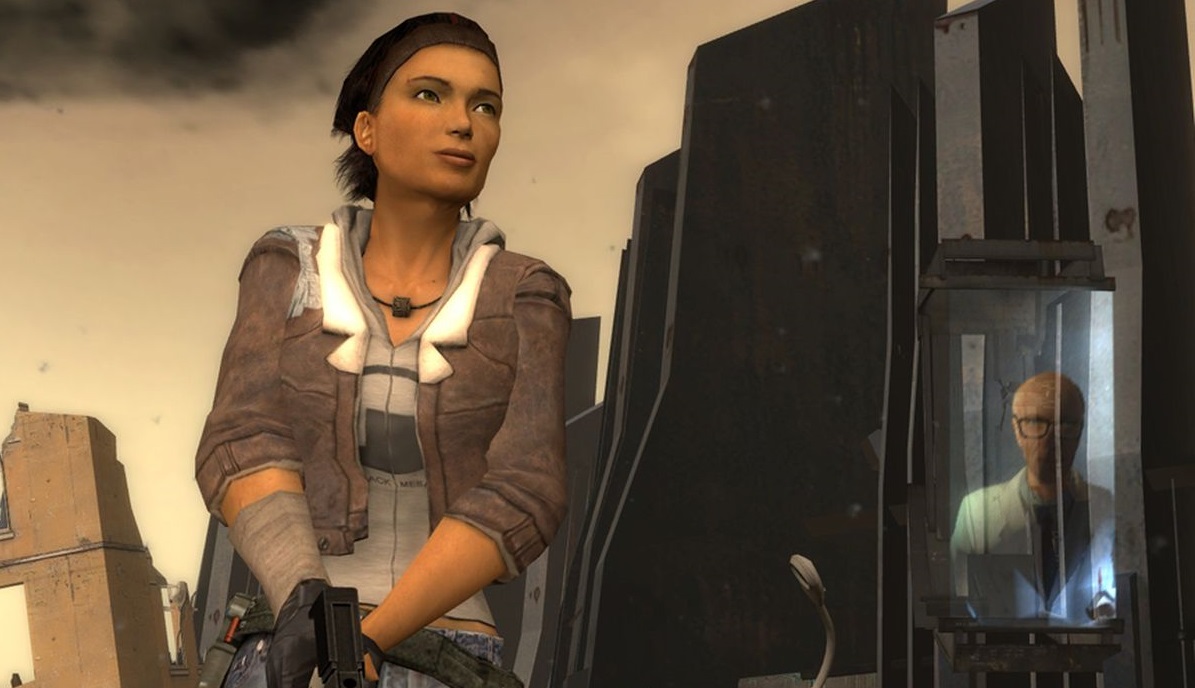
Gordon Freeman may be the protagonist of Half Life 2, but Alyx Vance is quite literally the face of Valve's sequel. Half Life 2 arrived at a time when shooters had a growing fascination with player companions, but they were mostly faceless cannon fodder like Halo's marines or Call of Duty's soldiers. Half Life 2 not only gave players a consistent ally, but made that ally a fully fleshed out woman of mixed-race, whose complex thoughts and feelings are frequently written across her remarkably expressive face.
Indeed, Alyx's facial animations still impress today, the way she smiles wryly when she tells a joke, or creases her brow in concern or deep thought. Little wonder Valve decided to make her the protagonist of the third game, although there's some irony in the fact that we can no longer see the face that lent Half-Life 2 so much of its personality.
Psychonauts
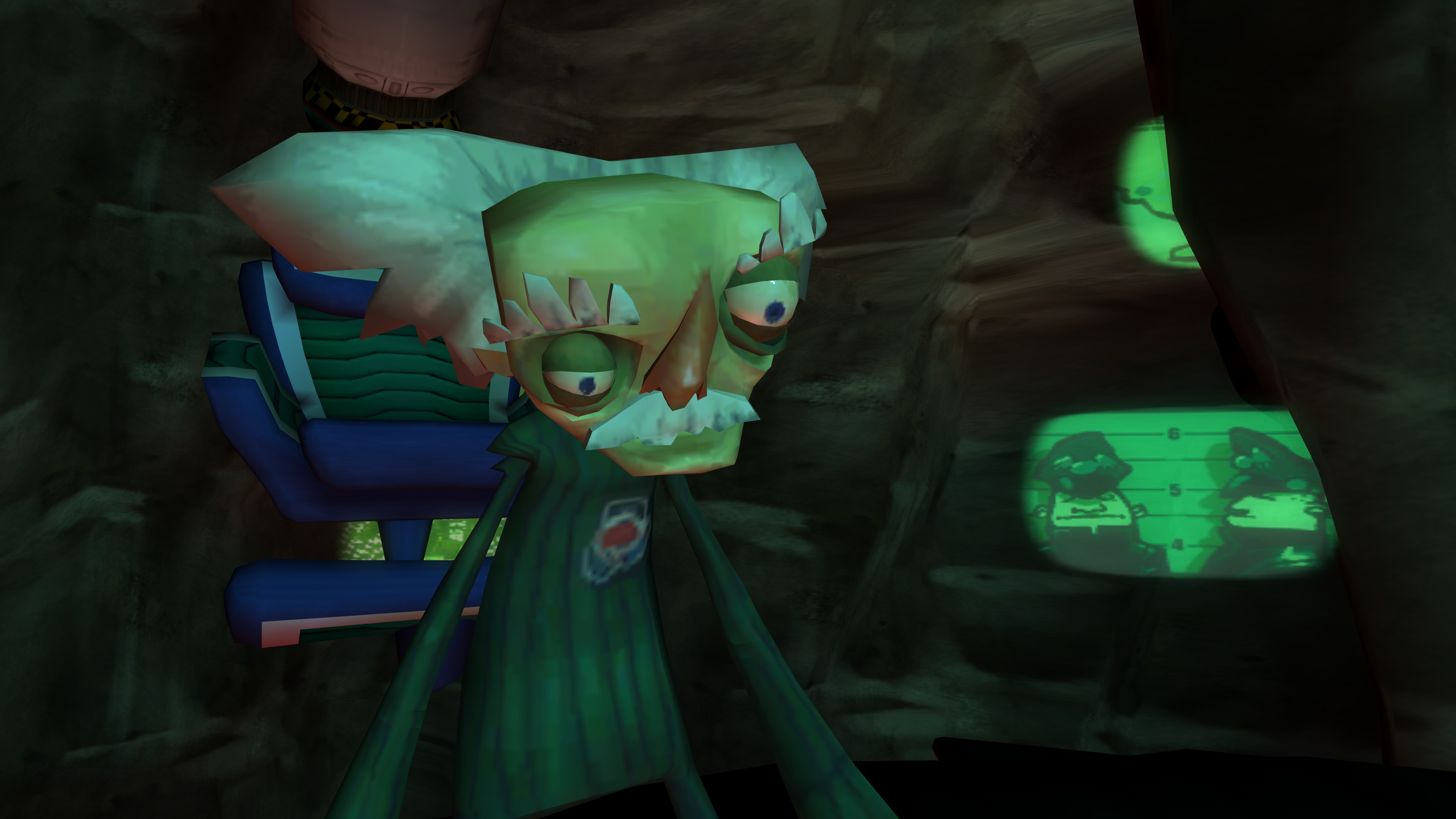
Psychonauts has the most brilliantly bizarre faces ever to grace the PC. Its motley crew of hyperactive cartoons range from buck-toothed bullies and swivel-eyed security guards, to a protagonist with a head like a baked potato. This is fitting, given the art style is seemingly inspired by giving a toddler some play-doh and the disembodied parts of a Mr. Potato Head.
Incredibly, the eclectic cast of characters in Psychonauts is actually less weird than their initial designs. The game's director Tim Schafer originally envisioned Razputin as a talking ostrich with multiple personalities. But it says a lot about the distinctiveness of Psychonauts' art style that the sequel takes great pains to maintain it.
The Elder Scrolls 4: Oblivion
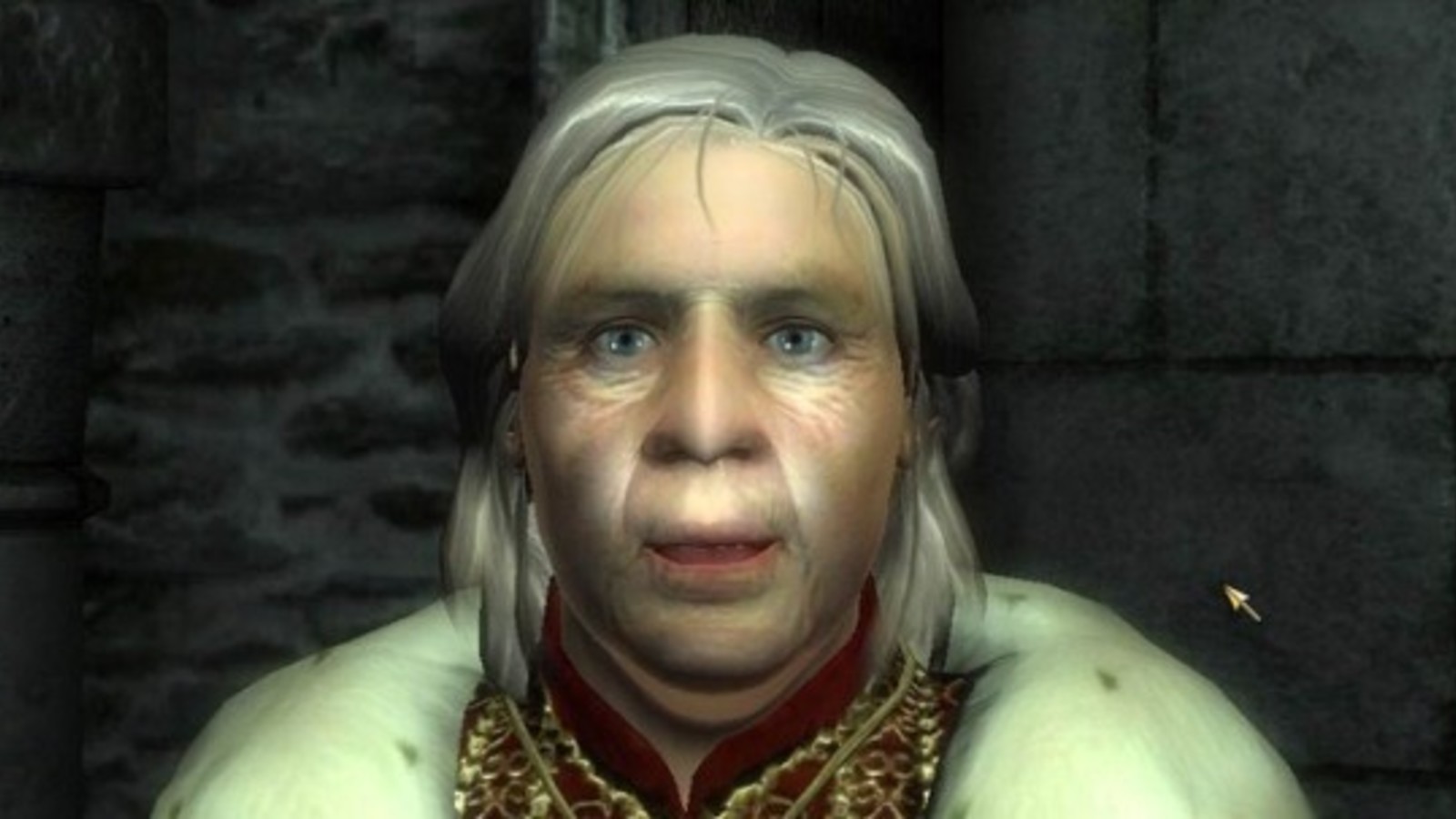
Like Max Payne, Oblivion's cherubic nightmares have become PC gaming legend, weirding out generations of players with their glossy skin, rosy cheeks and eerily smooth heads. Seriously, Oblivion's NPCs are so soft-faced that I reckon if you poked them in the cheek, your finger would disappear into it, like prodding a plastic bag filled with mince.
Ridiculous as they are, Oblivion's gallery of rogues (or should that be rouges?) are more memorable than any of Skyrim's stoic mannequins, and they're pretty much the first thing I think about when any conversation turns to Oblivion.
L.A. Noire
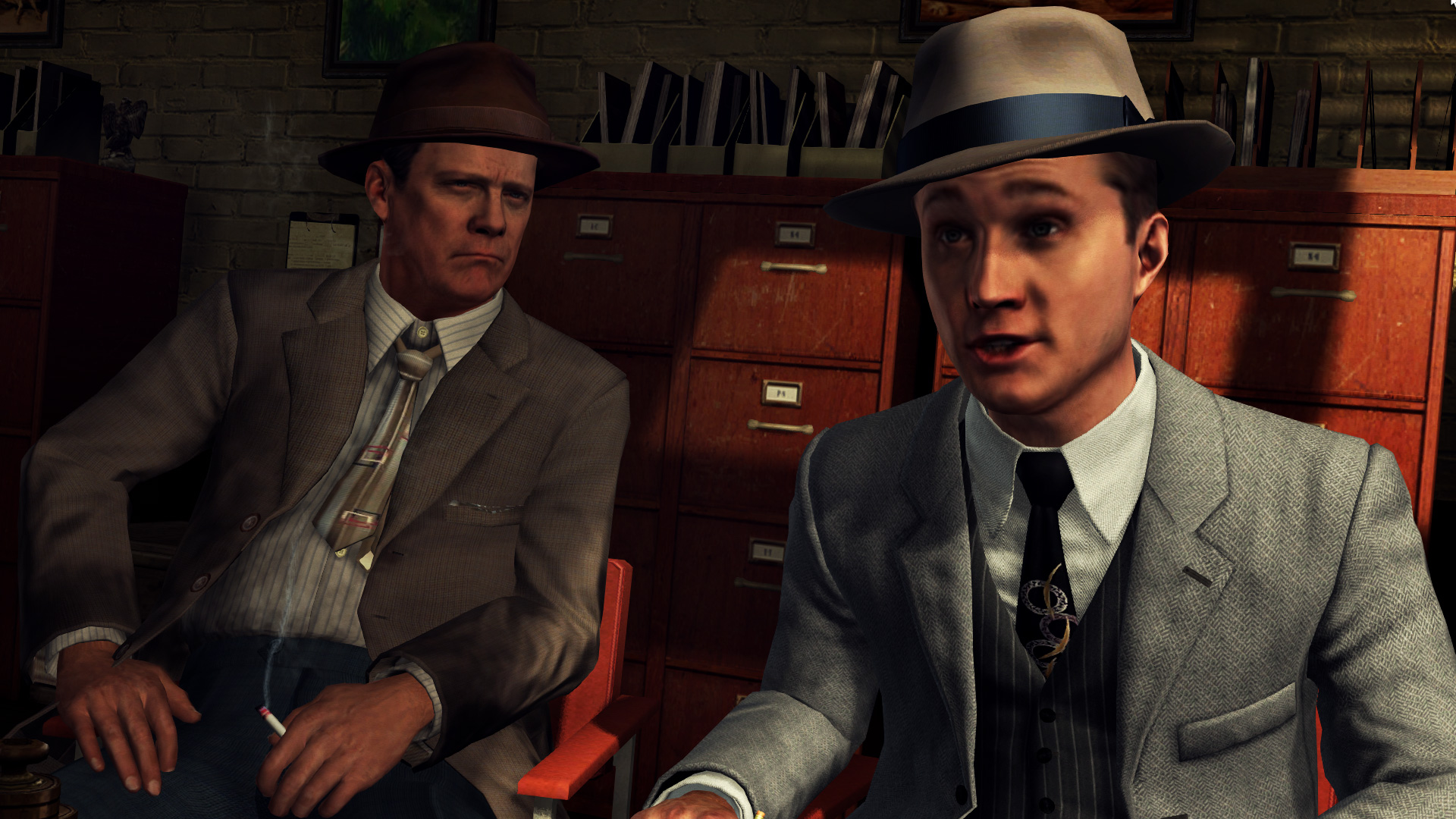
L.A. Noire takes the facial animation tech pioneered by games like Half-Life 2 and runs with it, stumbling over the cliff of realism and plummeting into the abyss of uncanny valley. Yet while the detailed mocap plastered onto 2012-era character models may look weirder than a fish wearing jorts, it's a crucial element of the game's detective simulation. Indeed, L.A. Noire is one of the few games where faces serve a function beyond simple character recognition, making it a notable entry in the history of virtual visages.
The Dishonored Series
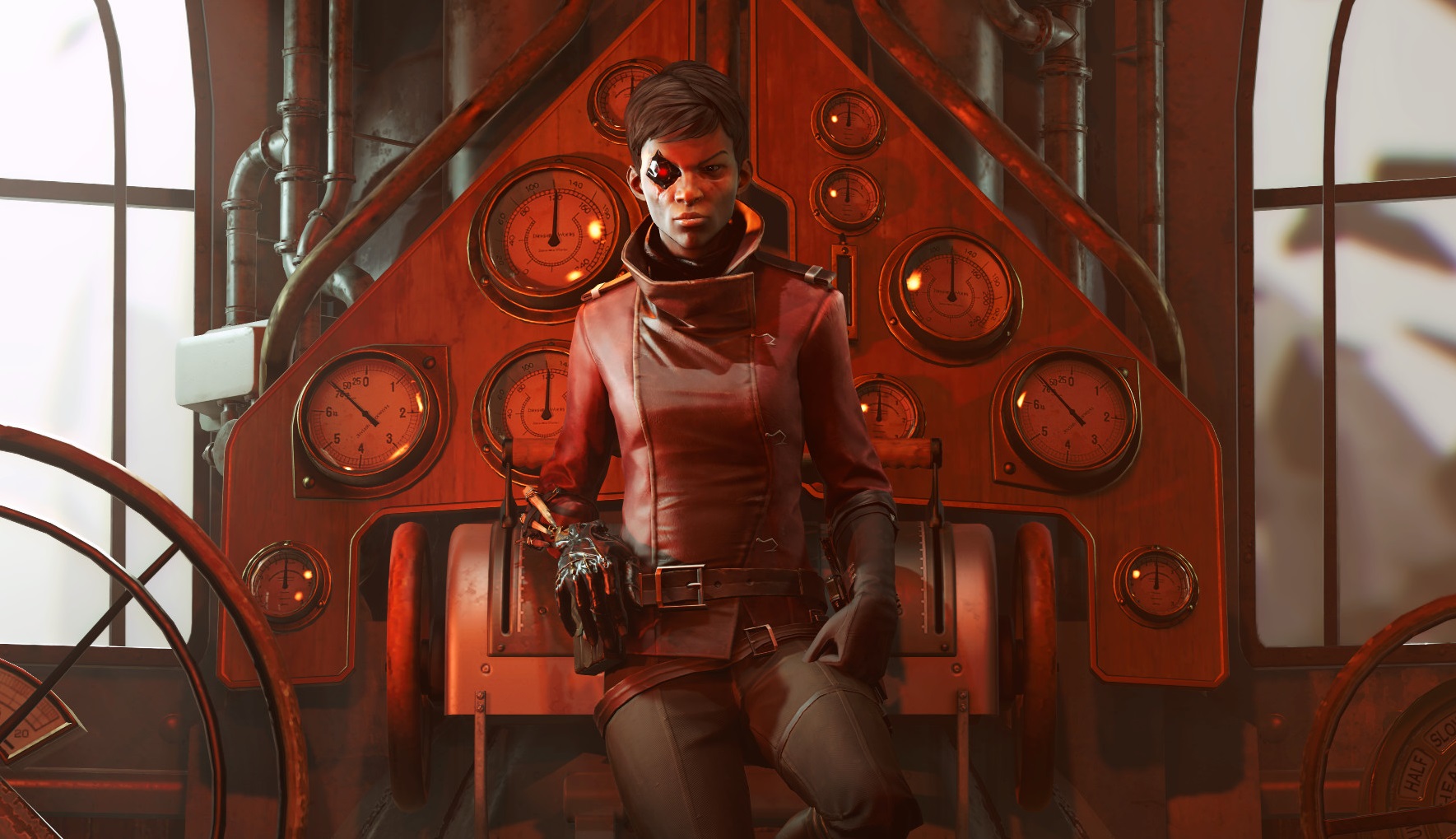
Dishonored and its sequel probably have more great faces per-capita than any other videogame series, to the point where I find it difficult to choose a favourite. Arkane's immersive sims offer up an entire world of memorable-looking characters, from lantern-jawed guards through grizzled thugs to chinless aristocrats. Little wonder that one of the game's side activities is collecting the portraits of its notable citizens.
But if there's one face that tells the story of Dishonored better than any other, it's that of Billie Lurk. The former henchwoman of Daud, Billie becomes your companion in Dishonored 2 and finally the protagonist of Death of the Outsider. Her arc is probably the most significant of any Dishonored character, and that story is written across every inch of her stern, grizzled features.
Disco Elysium
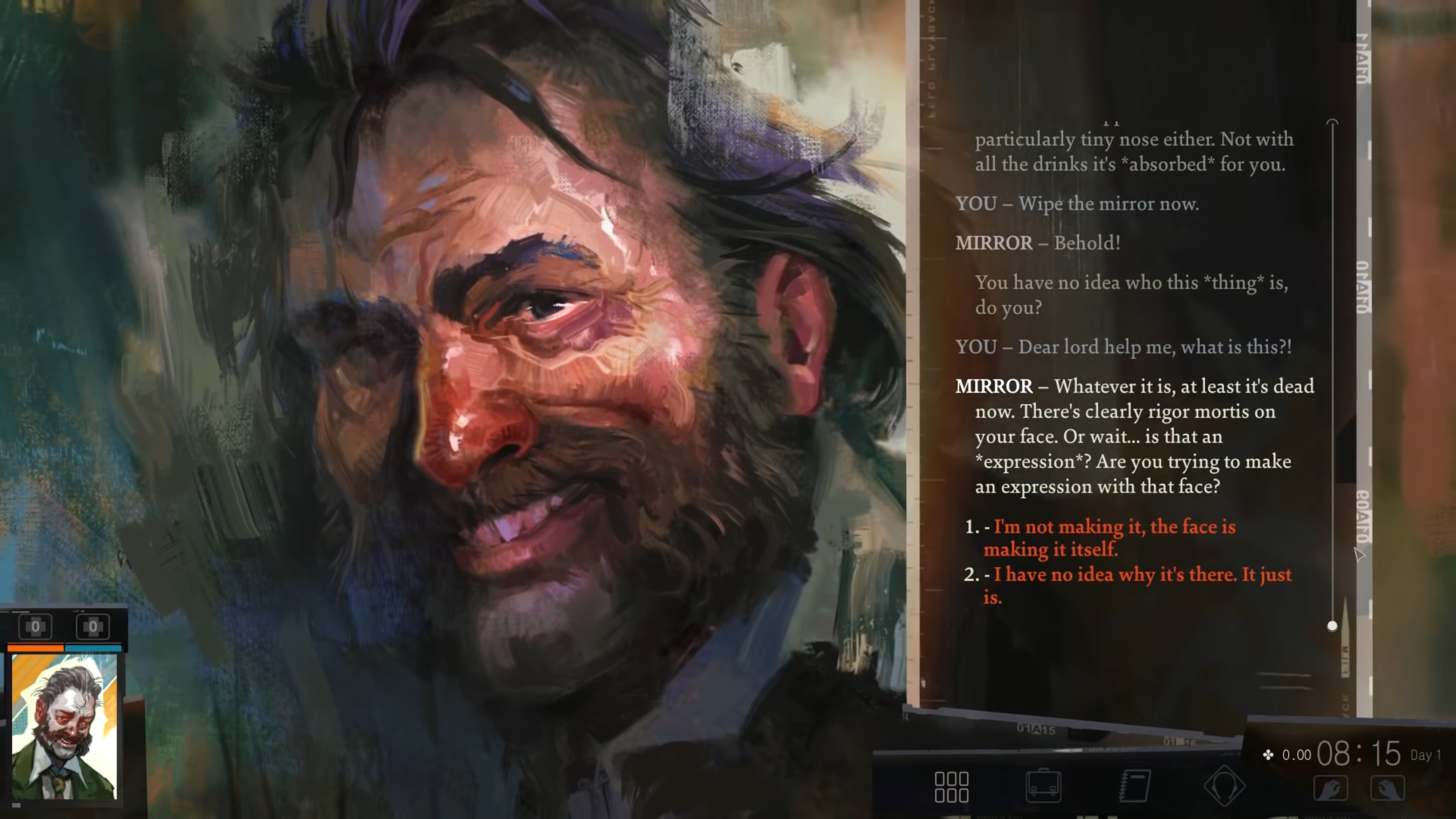
No game devotes quite as much attention to its own protagonist's face as Disco Elysium. Studio ZA/UM's masterful detective RPG has an entire sequence dedicated to your amnesiac protagonist's discovery of his own mug. What he discovers is, in your character's paradoxically sober words, "the face of a late-stage alcoholic". But what makes his face special is not its unusually honest ugliness, but how it reflects the internal conflicts at the character's heart. This is most notable in the terrifying rictus grin that your character needs to pass a skill-check to shake off. He attempts to justify the smirk in various ways, but ultimately it represents the denial and uncertainty that lies at the heart of Disco's highly malleable anti-hero.
The Forgotten City
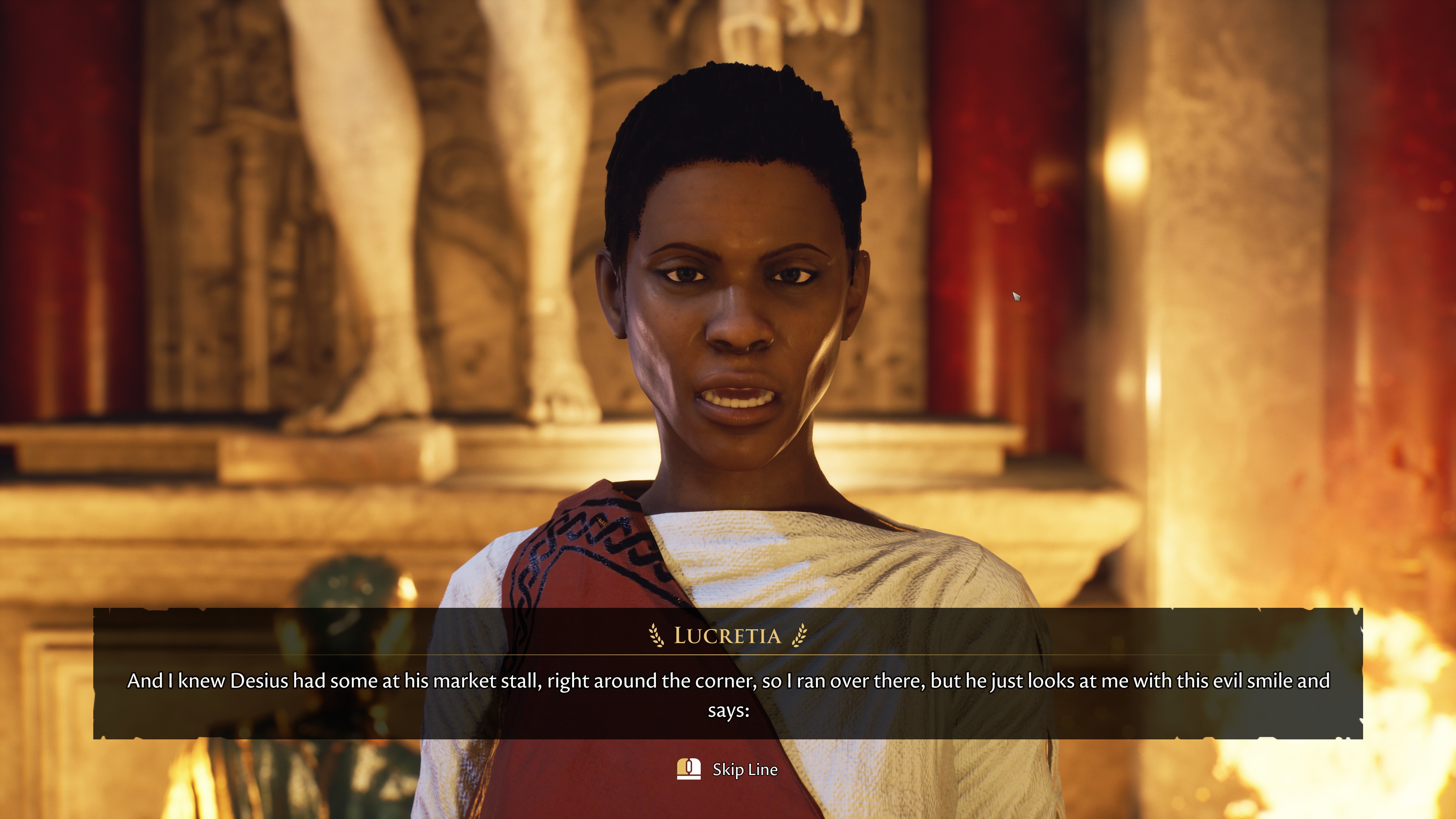
The Forgotten City is a masterclass in creating realistic, diverse faces. The twenty-odd inhabitants of the game's secret Roman metropolis hail from all corners of the Empire, and each is recognisable in an instant. Among the inhabitants are Spanish legionnaires, Greek merchants and physicians from Palestine. Each has been meticulously sculpted to be brimming with character, but in a way that's convincing and grounded in reality.
CTF-Face

I'll take any opportunity to mention Unreal Tournament's iconic capture-the-flag map, even the world's most tenuous conflation of the meaning of the word "Face." Don't like it? Then write your own article about great gaming faces.
Rick has been fascinated by PC gaming since he was seven years old, when he used to sneak into his dad's home office for covert sessions of Doom. He grew up on a diet of similarly unsuitable games, with favourites including Quake, Thief, Half-Life and Deus Ex. Between 2013 and 2022, Rick was games editor of Custom PC magazine and associated website bit-tech.net. But he's always kept one foot in freelance games journalism, writing for publications like Edge, Eurogamer, the Guardian and, naturally, PC Gamer. While he'll play anything that can be controlled with a keyboard and mouse, he has a particular passion for first-person shooters and immersive sims.

